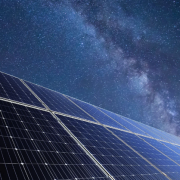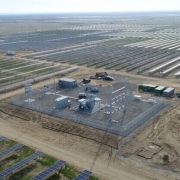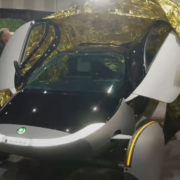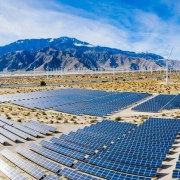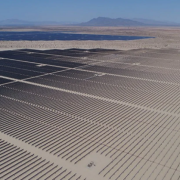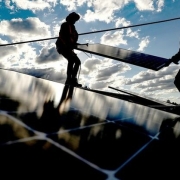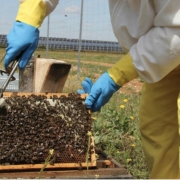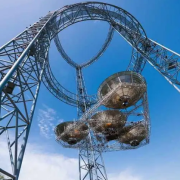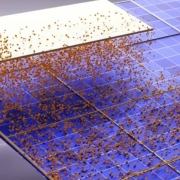Solar power is a promising avenue for clean energy. Unfortunately, solar panels have one major weakness – they can’t generate electricity in the dark. However, this weakness could soon change as scientists at Stanford University have now created a solar panel that works in the dark.
The researchers published their findings on the new type of solar panel in the journal Applied Physics Letters back in April of 2022. While they discovered a way to make solar panels work in the dark, they also discovered that already erected solar panels could be modified to generate power at night, too, saving businesses and homes from having to upgrade to new panels.
The process used to make older solar panels work in the dark is called radiative cooling. When the sun sets, the Earth cools down, releasing heat into the air. This helps to create a temperature difference between the air and the surface of the panels. Then, researchers say that we can install thermoelectric generators onto the panels, allowing us to harness the power generated by radiative cooling.
Click here to read the full article
Source: BGR
—
If you have any questions or thoughts about the topic, feel free to contact us here or leave a comment below.

